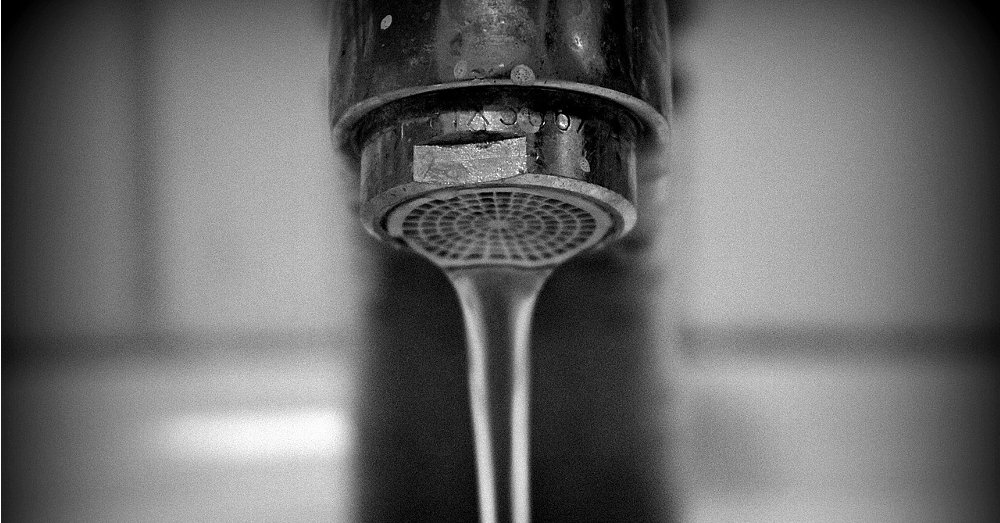
Half the World Is Drinking Contaminated Water
The 1972 U.S. Clean Water Act was supposed to ensure clean water for swimming, fishing and drinking. Unfortunately, after more than four decades of regulations, American waterways are in serious jeopardy.
April 26, 2017 | Source: Mercola | by Dr. Joseph Mercola
The 1972 U.S. Clean Water Act was supposed to ensure clean water for swimming, fishing and drinking.1 Unfortunately, after more than four decades of regulations, American waterways are in serious jeopardy.
Toxic runoff from industries, improper disposal of medications and agricultural runoff from concentrated animal feeding operations (CAFOs) and large factory farms all contribute to a severe water pollution problem.
Not only are groundwater aquifers rapidly depleting, but much of the world’s water supply has become too contaminated to drink or bathe in. According to the World Health Organization (WHO), nearly two billion people don’t have safe drinking water.2
Forced to drink contaminated water, hundreds of thousands of people die from preventable diseases each year. Not only a problem for developing countries, water across the world is contaminated with pollutants that treatment plants are not prepared to filter.
Water Pollution Threatens Your Health
Pollution is not only affecting the health of humans, but also plants and animals on which we depend for our food supply. For example, the South Asian water basin should supply water to more than 750 million people, but the water is not even usable for irrigation due to arsenic contamination and excess salt.3
Factory farms are undoubtedly the greatest contributor to water pollution in the U.S., posing multiple threats to humans, plants and wildlife. Aquatic creatures are dying at higher than normal rates, and are born disfigured. Frogs with six legs or male fish that lay eggs are just two examples.
A recent U.S. Geological Survey found an alarming number of white sucker fish with prominent cancer tumors in several of Lake Michigan’s tributaries. These fish are bottom feeders, eating from the sediment on the river bottom and their health is an indication of how quickly the environment is degrading.
